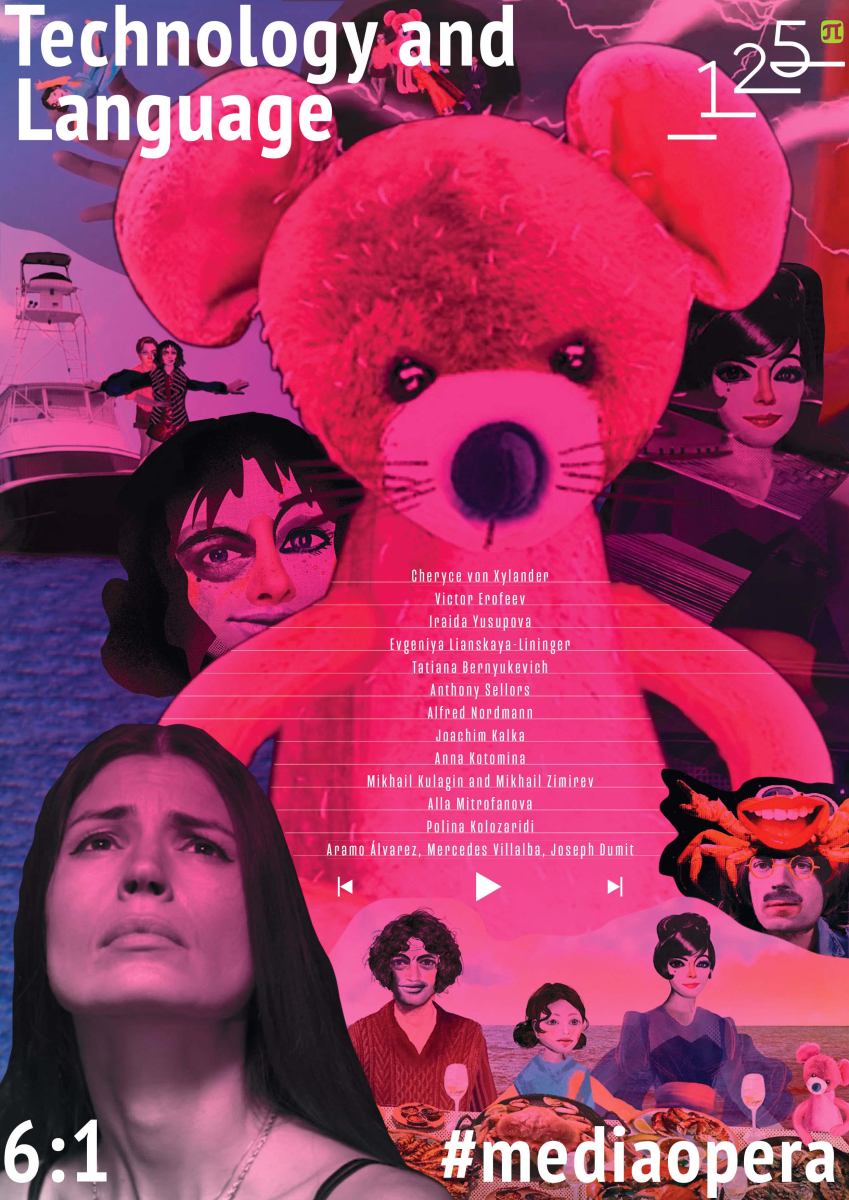The Electronic Matchmaker: Finding the Optimal Couple in the Late USSR
The article is devoted to the history of the discussion about the acceptability of using computers to find the optimal romantic couple. The conditions that enabled it were the recognition of loneliness as an independent problem requiring modern solutions in the late 1960s, as well as the spread of cybernetic discourse, by the early 1970s associated with effective expert judgments. The discussion unfolded on the pages of the main intelligence newspaper of the USSR, the Literary Newspaper (LG), in the 1969-1971's, and in the 1975-1978's it went beyond its borders, covering several central and local publications, the main of which were Nedelya and Moskovsky Komsomolets. The aim of this article is to identify the technocratic shift in the problematization of family and marital relationships in the 1960s–1980s. Special attention is paid to the design of the speculative technology of the “electronic matchmaker” by prominent Soviet cyberneticians Viktor Pekelis and Axel Berg directly in the pages of LG. “electronic matchmaker”. His opponents pointed out the uncritical nature of belief in expert mathematical models loaded into computers. The analysis of correspondence sent to LG by Novosibirsk sociologist Vladimir Shlyapentokh confirmed the high level of trust of single people in a technical way to solve their problem. However, after the publication of an anonymous note in Pravda, the discussion was closed. The second stage of the discussion, which began after four years of silence, is described by the authors as the result of the articulation of algorithmic rationality and psychology. The initial attempts to create the “electronic matchmaker” during this period were linked to the work of an experimental dating service led by psychologist Arkady Egides and the self-report questionnaires he developed. Designed according to the template of psychological personality tests, the questionnaire, serving as a tool for translating personal qualities into quantitative characteristics, became the cornerstone of computer-based dating services that emerged in the early 1980s. In conclusion, the discussion surrounding the “electronic matchmaker”, conceived as a modern method for combating loneliness, did not stimulate a radical rethinking of family norms and gender orders in late Soviet society. Instead, its technological design and epistemic framework served to conserve traditional notions of the family.



